Tomatoes and potatoes. Peas and carrots. Celery and onions. When food becomes so ingrained in our way of life we assume it’s always been here, growing happily in our very own backyard. But many of our favorite fruits, vegetables, grains and seeds—ones we commonly cook with every day—originated in other parts of the world thousands of years ago.
Ancient civilizations—dating back as far as 12,000 BC—were the first to use these ingredients before we adopted them as our own. They were the true pioneers who cultivated and experimented with crops, making them fit for human consumption. These cultures studied the potential of a plant and its fruit, testing how they would react to water and fire. They were the first cooks who passed down techniques through heritage, gifting generations down the line with their wisdom. As civilizations grew into empires, these primeval ingredients were carried by voyagers and traders to various realms to be assimilated into new cultures. They began their journeys, with the help of explorers, to new parts of the world—eventually ending up on our dinner tables.
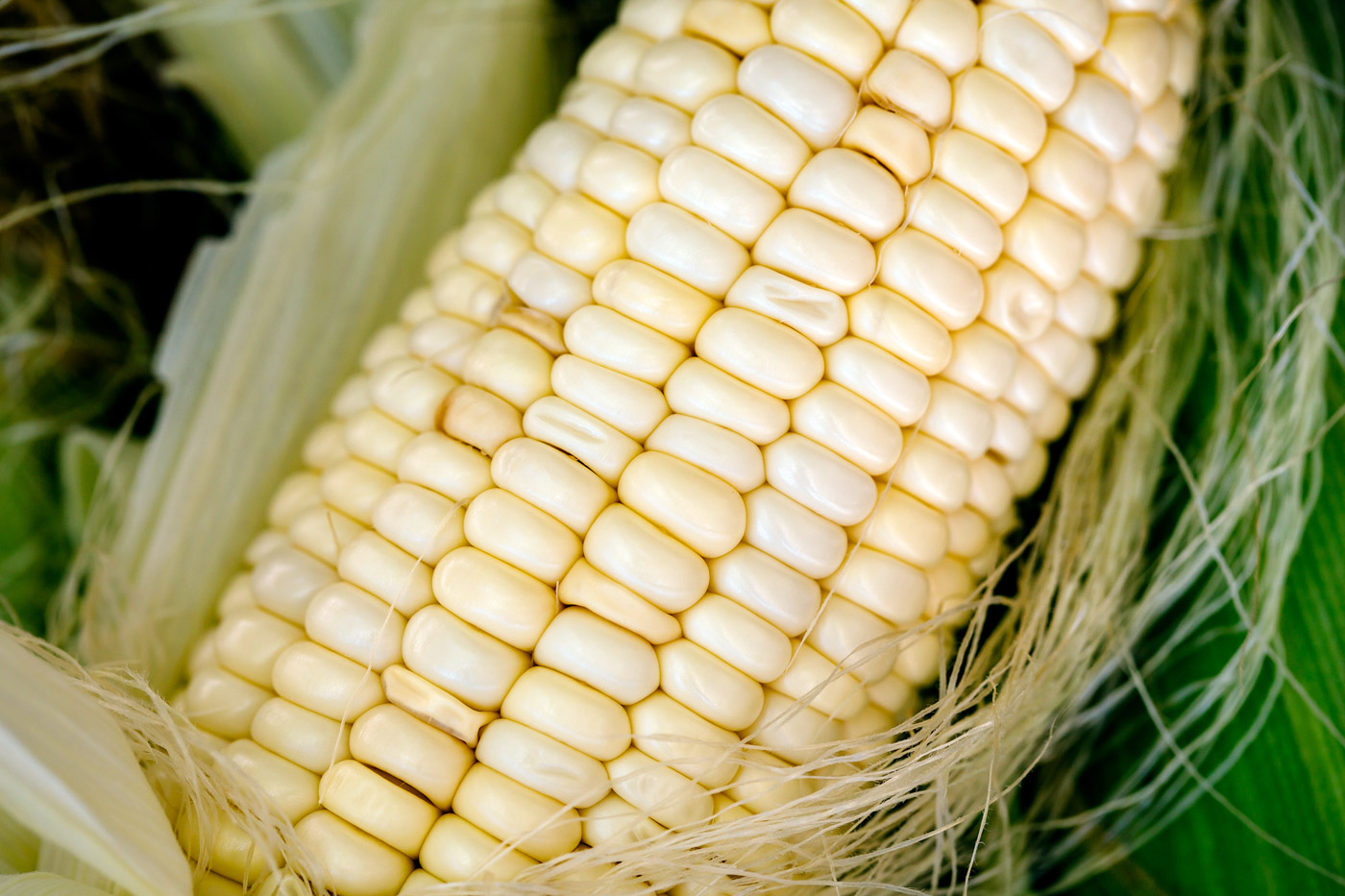
Maize
One of the most widely cultivated grains in the world, maize—also known as corn—was first domesticated roughly 10,000 years ago by the aboriginal people of Mexico, possibly in the south-central region known as the Balsas River Valley. The Olmec and Mayans found a variety of ways to alter raw maize by cooking, grinding and even processing the grain through nixtamalization—soaking and cooking maize in an alkaline solution, often lime water—before being hulled. This technique created what is now known as hominy.
Maize began its journey outside of present-day Mexico between 5,000 to 4,000 BC, spreading into lower Central America and the inter-Andean valleys of Columbia, as well as traveling north around 2,500 BC. It became the staple food for the majority of pre-Columbian cultures—North American, Mesoamerican, South American and Caribbean—before the Spanish colonized these regions in the 15th and 16th centuries. In particular, the Mesoamerican civilization—native to present-day Central Mexico, Belize, El Salvador, Guatemala, Honduras, Nicaragua and northern Costa Rica—had a deep connection with maize. The cultivation of the grain and the food produced from it influenced their customs, and in turn, became vital in forming the people’s identity.
Mexican food, which is the amalgamation of indigenous Mesoamerican food and Spanish fare, relies heavily on maize. Masa, a dough made from hominy, is used for making corn tortillas and tamales, and a number of other Central American recipes. Maize can be found in nearly every Mexican dish—from the tortilla-based chilaquiles to the traditional stew known as pozole to the hot beverage known as atole, made from masa, water, unrefined cane sugar, cinnamon and vanilla. To this day, maize plays an integral role in the cultures of Central America.
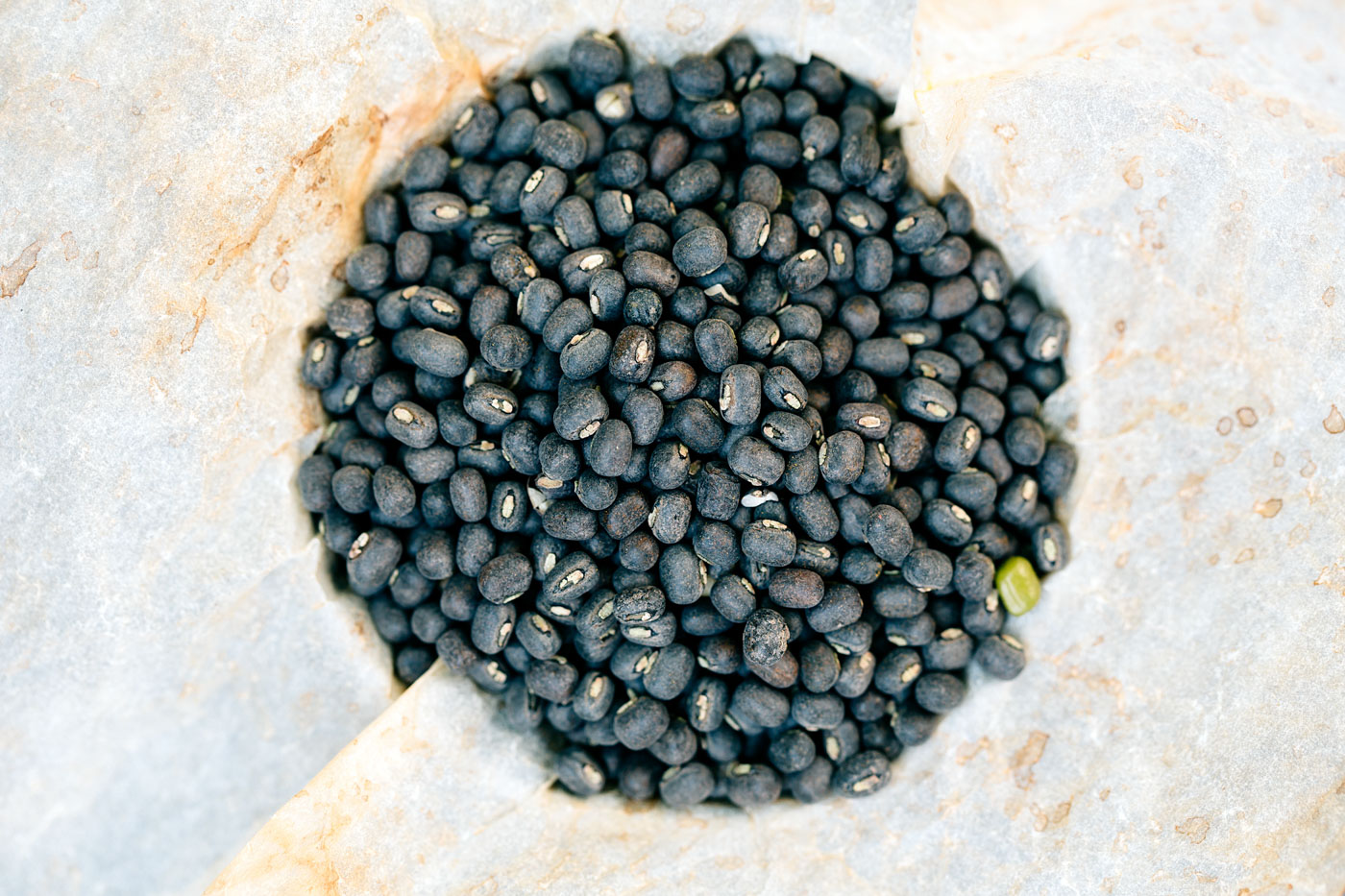
Lentils
If you’ve ever eaten Indian food, you’ve most definitely have eaten dal—a fragrant, spicy, soup-like lentil curry. I grew up on a diet of Indian food where no meal was complete without at least one lentil dish. Considered an important staple in Indian cuisine—whether it is masoor, toor, urad or mung, to name a few—lentils are eaten in all parts of India, each region with their own special preparation. Part of the legume family, lentils are an edible pulse rich in protein, fiber and essential minerals. They range in color from yellow to red-orange to green, brown and black, and are sold in various forms: with or without skin, split or whole.
Dating back to the New Stone Age—around 10,200 BC—lentils are thought to be one of the first cultivated crops in the Near East. Ancient Persians consumed a lentil soup which was served over rice, and parts of South Asia, West Asia and the Mediterranean have all had a narrative with lentils. They’re a pretty big deal in the Indian subcontinent where daily consumption is the norm. Paired with either rice or roti (an unleavened flat bread), mixed into dough for parathas or used in making sweets, lentils can be found in a variety of food favorites. Khichri, a dish where rice and lentils are cooked together, is one of the most popular home cooked meals in India—the go-to comfort food. Similar dishes can also be found in Middle Eastern countries where it is known as mujaddara and mejadra, or kushari in Egypt. Given the long history of lentils and the migration of people, it is no surprise various cultures hold this pulse in high regard.
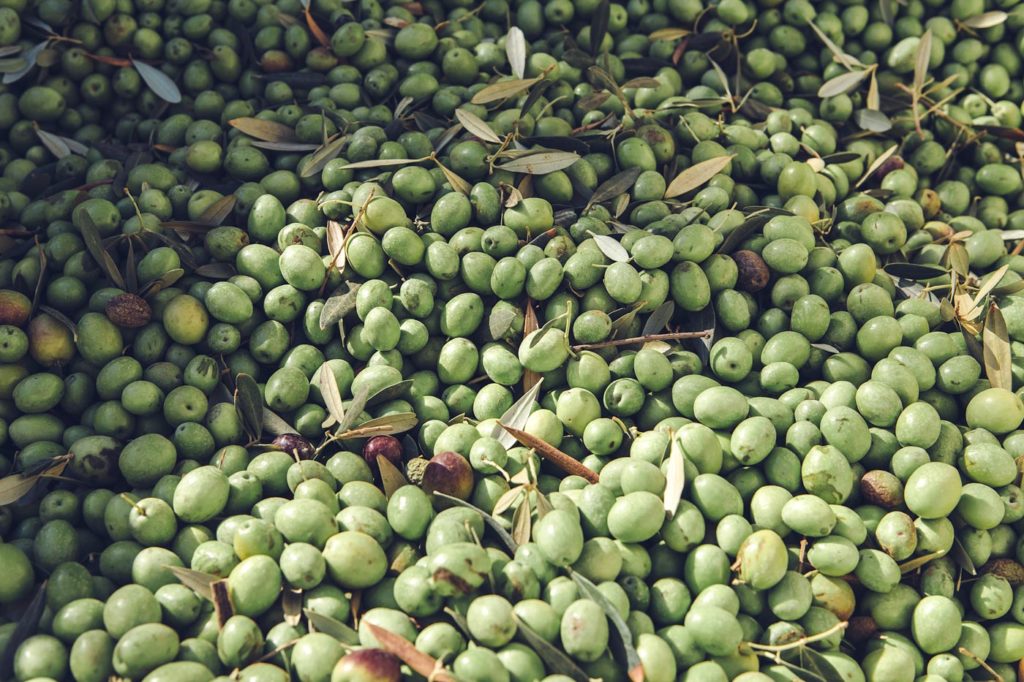
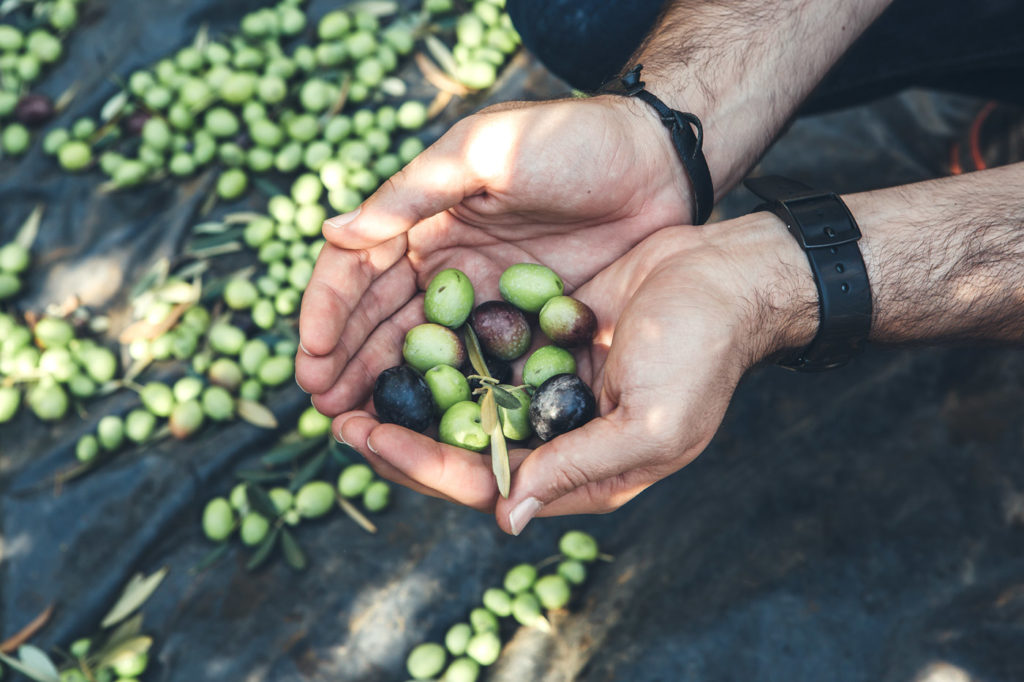
Olives
Spanish, Italian, French, Greek. Some of the most popular Mediterranean cuisines contain menus celebrating the olive. The small tree, whose fruit bears the same name, originated roughly 6,000 years ago in ancient Persia and Mesopotamia—present-day Turkey, Crete, Syria, Iran, Lebanon, Palestine and Israel. According to archaeological discoveries and written tablets found along the eastern Mediterranean sea, edible olives have coexisted with humans since the early Bronze Age (around 3,000 BC). Spanish colonists brought olives with them during their conquest of the New World, successfully cultivating them in the regions now known as Peru and Chile.
The olive tree has a gloried history; it is linked to symbols of peace, life, harmony and vitality. The fruit, depending on the cultivar, varies in shape and color—from chartreuse orbs to plump, Byzantium ovals. Curing olives in brine not only removes their natural bitterness, but preserves the fruit and helps to develop its exquisite taste, making the olive ubiquitous in Mediterranean fare.
Tapenade, the French word for the Provençal dish made with chopped olives, anchovies, capers and olive oil, can find its origins thousands of years ago in Roman cookbooks. One of the earliest known recipes for tapenade, Olivarum conditurae—made with olives, anchovies and vinegar—is documented in Lucius Junius Moderatus Columella’s De re Rustica, written in the first century AD.
The distribution of the olive tree in the Mediterranean region broadly defines the boundary of this cuisine. The use of olive oil weaves together the Mediterranean fabric—unifying cultures and foods—making it a distinctive feature in this region’s cooking.
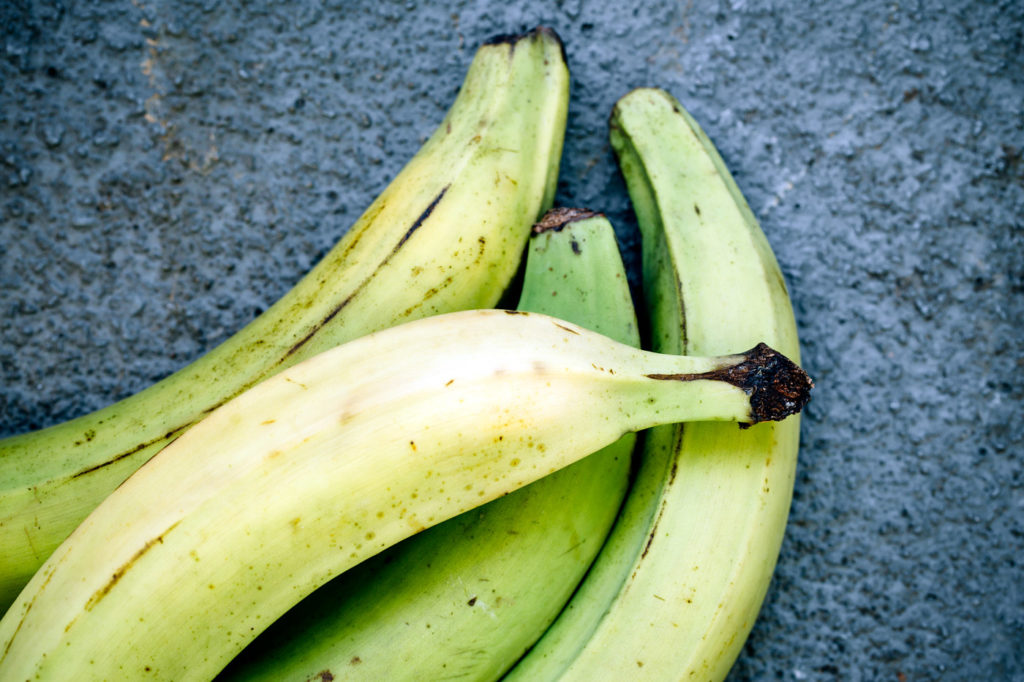
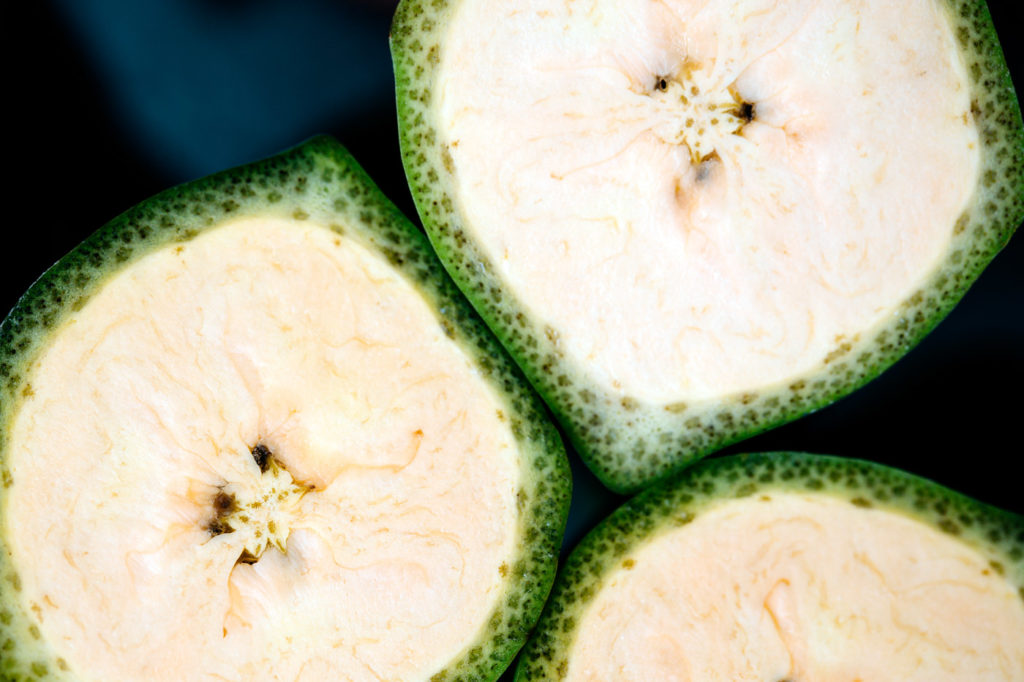
Plantains
The plantain—considered the less sweet, more starchy sibling of the banana—is native to the tropical regions of southeast Asia, Oceania (comprised of the subregions of Micronesia, Melanesia and Polynesia), the Malay Archipelago—current Malaysia, Indonesia, Philippines and Brunei—and northern Australia. It is in these areas where the history of the plantain can be traced back to approximately 500 BC. West Africa is considered a secondary place of diversity for plantains, where they are a major food staple. Central America, coastal parts of South America and the Caribbean islands also consider plantains a dominant portion of the standard diet, as they are readily available year-round.
Similar to potatoes in texture and flavor, the unripe, green plantain is cooked by either steaming, boiling or frying. My personal experience with plantains comes from the three years I spent living in Puerto Rico. Puerto Ricans love this fruit, which is obvious in its many preparations. One of the most popular dishes is mofongo, an Afro-Puerto Rican meal with roots in Western Africa. Mofongo is made by first frying green plantains then mashing them in a mortar and pestle. The plantains are then formed into a tight mound, filled with chicharrón (pork cracklings), steak, chicken or shrimp, and accompanied by a chicken broth soup to help loosen up the starchy fruit.
Tostones, the conventional side dish to almost every Puerto Rican meal, is a simple recipe of fried green plantains that are pounded flat and fried once again. A generous dose of salt makes these plantain chips the perfect bread substitute. Another cherished Puerto Rican dish (and a personal favorite) is pasteles, a labor-intensive treat which is popular during the Christmas season. Plantains, along with starchy vegetables, are used to make the masa (dough), which is typically filled with poultry, pork or ground beef. The mixture is then wrapped in banana leaves and boiled, very similar to how Mexican tamales are prepared.
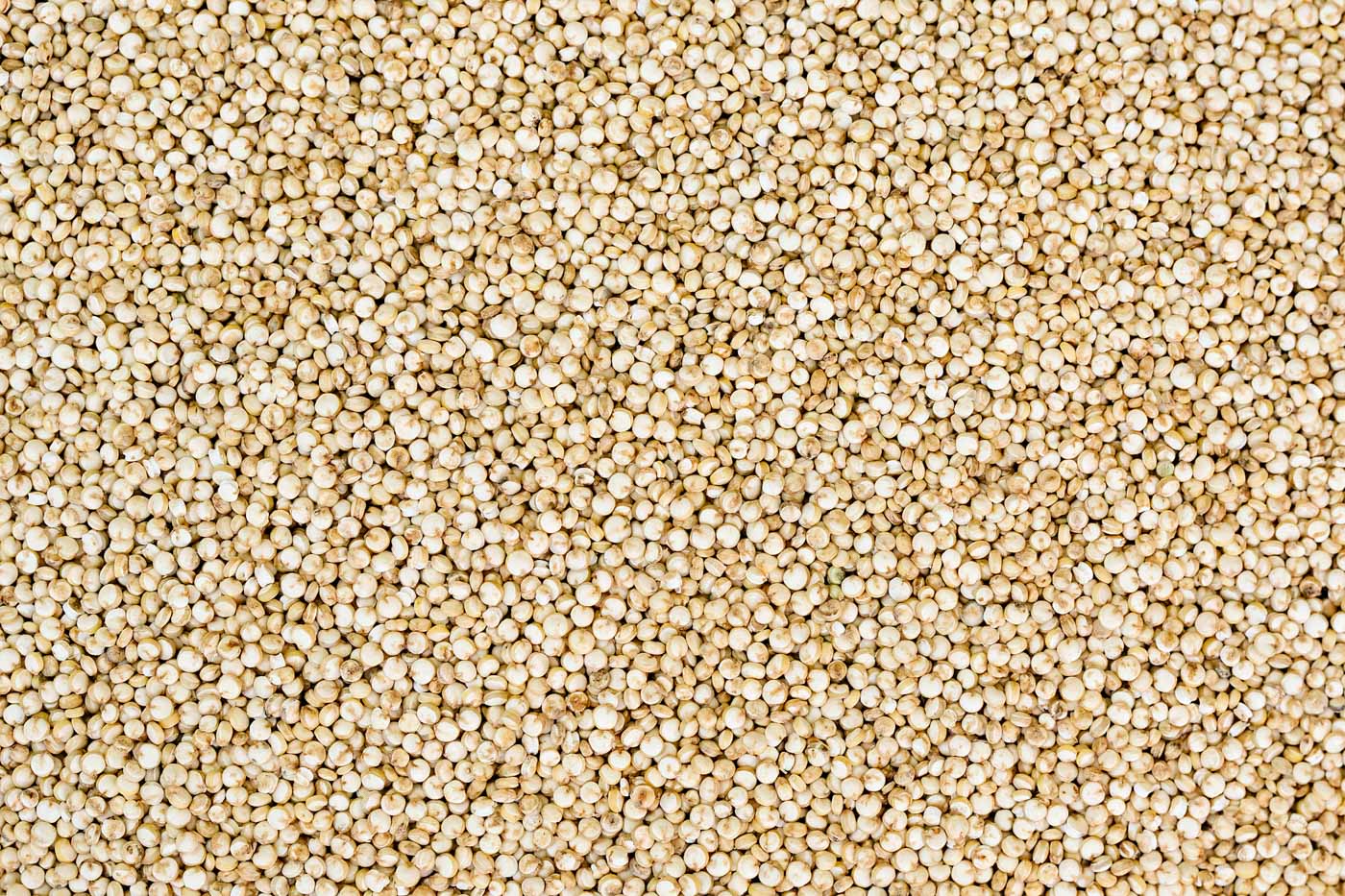
Quinoa
The popularity of quinoa has exploded over the past decade. Recipes for salads, breads and side dishes containing this pseudocereal adorn magazine pages and cooking blogs. However, well before this tiny super seed held a place in our pantry, it played a vital role in South American cultures for thousands of years.
Indigenous to the Andean region of Peru, Bolivia, Colombia, Ecuador and Chile, quinoa was domesticated for human consumption by the Andean people in the Lake Titicaca basin, approximately 4,000 years ago. This small seed has held great importance in the Andean culture. The Incas considered the crop to be sacred, referring to the grain as chisaya mama, meaning “mother of all grains.”
The vast majority of quinoa is produced in the Andean countries of Bolivia, Ecuador and specifically Peru—the largest producer of quinoa in the world. The popularity of the seed, which was once seen as a peasant food, is now considered a luxury product in non-native regions. Our quinoa obsession has helped increase its crop value—the price of the grain tripled from 2006 to 2013—which is good news for small, indigenous farmers whose livelihoods depend on this superfood. However, as it is with any product in the marketplace, high costs attract competition which eventually drives down prices. The cost of quinoa began to fall in early 2014 and by late 2015, prices were back to where they were in 2012. This is due to new players entering the field, such as China, India, Nepal, Canada and the United States.
Roots
From the spice trade to the slave trade, and throughout human history, the movement and merging of people has resulted in culinary innovations. Stories of civilizations—both the beautiful and the ugly—can be tasted in the variety of foods we eat today. It has helped us gain an understanding of ancestral foods and their connection with humanity. The spread of ingredients, with each culture laying claim to their significance, has created a smaller and more flavorful world.

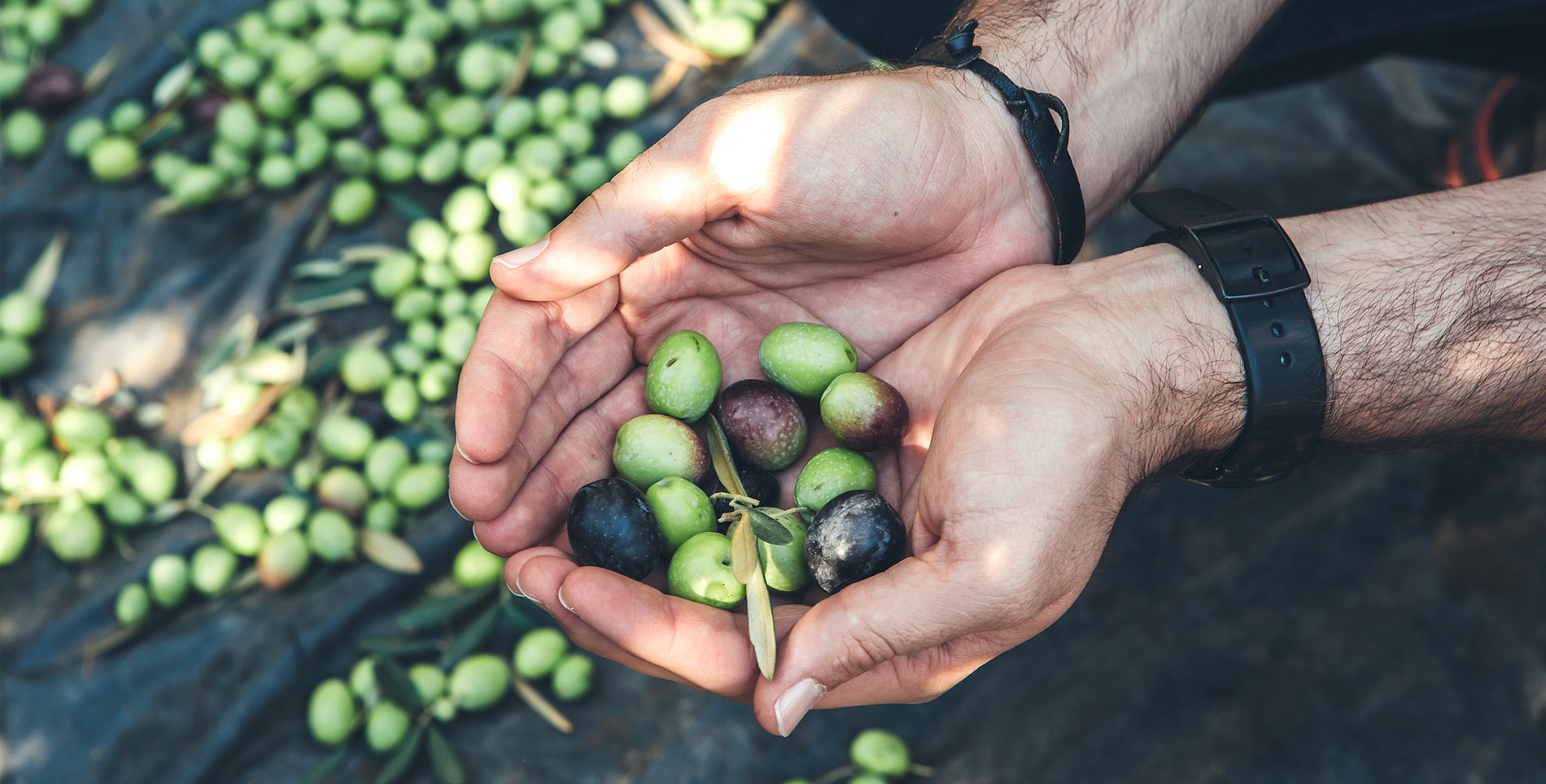

Our comments section is for members only.
Join today to gain exclusive access.